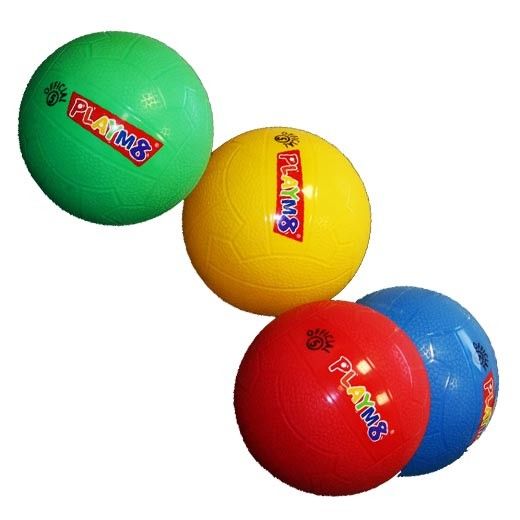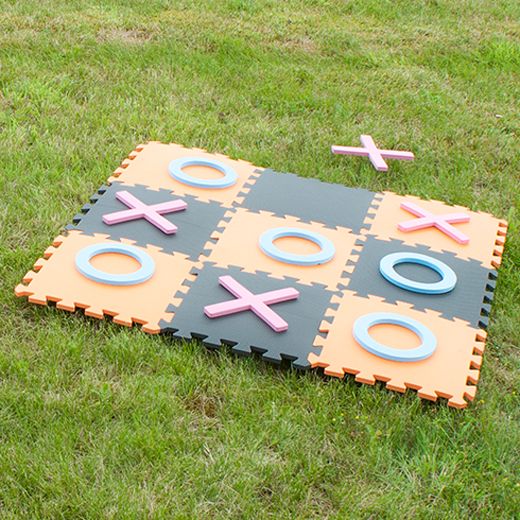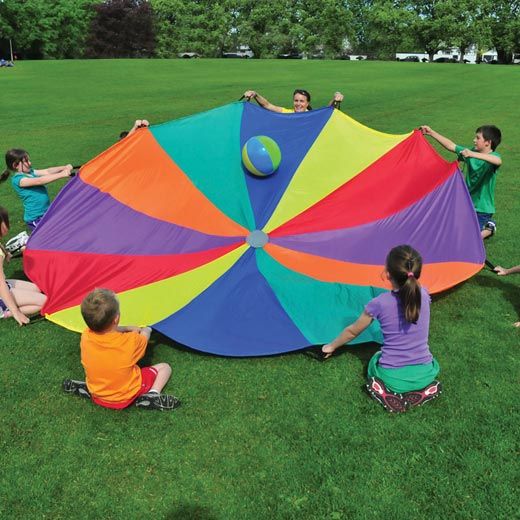The population of elderly people in the UK is fast increasing and their average age is simultaneously going up. The prevalence of Osteoporosis as a problem in care homes is therefore expected to grow, along with its socioeconomic impact.
In the UK, it is estimated that one in two women and one in five men over the age of 50 will break a bone due to Osteoporosis. It is therefore important for care workers to be able to recognise the symptoms of Osteoporosis in seniors and be aware of how to treat it.
What is Osteoporosis?
Osteoporosis is a disease characterised by low bone mass and loss of bone tissue, providing an increased risk for fractured bones. The hips, spine and wrist are particularly at risk. As our population ages, the number of people with low bone mass will increase. Of people older than 50 years of age, one in two women and one in eight men are predicted to have an osteoporosis-related fracture in their lifetime.
The main symptoms of Osteoporosis to look out for in residents include the following:
> Complaints of back pain. Back pain in residents is often caused by a fractured or collapsed vertebra
> Stooped posture. Be aware of residents who constantly appear to have poor posture
> Noticeable loss of height over time.
> A bone fracture that occurs regularly. It is important to bear in mind that bones often become frailer as people get older. However, if a resident complains regularly of bone fractures, it may be necessary to give them a health evaluation.
How can do you treat residents with Osteoporosis?
Medication for osteoporosis can help slow down a bone loss or rebuild bone. It has been shown that some medications can reduce the risk of having a fracture considerably. You should ensure you contact a Doctor in order to provide the correct medication for an individual with Osteoporosis.
Here are some tips for looking after residents with Osteoporosis and helping to strengthen weak bones:
> Ensure residents consume a large amount of calcium. After calcium is consumed, several nutrients help the body absorb the calcium. The blood transports the calcium that is not needed for other body processes to the bones where it adds to the bone mass and is stored for when it is needed in the rest of the body.
> Provide residents with an adequate amount of vitamin D. People with Osteoporosis are usually prescribed vitamin D supplements. Vitamin D helps your intestines absorb calcium from the food you eat.
Provide the following food and drink on a regular basis:
Fatty fish. Oily fish such as salmon, tuna, sardines, mackerel and trout are full of omega-3 fatty acids. These fats are healthy, unlike the bad saturated fat you find in most meats. Consider vitamin D from cans as well as fresh food, such as canned tuna fish for sandwiches.
Orange juice. One 8-ounce glass of fortified orange juice usually has around 100 IUs of vitamin D.
Fortified Milk. Almost all types of milk are fortified with vitamin D. In general, an 8-ounce glass of milk contains at least 100 IUs of vitamin D.
Beef liver. Surprisingly, a 3.5-ounce serving of cooked beef liver contains about 50 IUs of vitamin D and several other nutrients. However, be aware that beef liver is high in cholesterol, therefore you should not prepare beef liver too regularly.
Egg yolks. Eggs are a convenient way to get vitamin D. You can use include egg yolks in residents’ breakfast, lunch, dinner and dessert.
Cereal. Low-calorie fortified cereals like Multi Grain Cheerios can provide a healthy option for a daily fill of vitamin D. You can pair it with fortified milk and a glass of fortified orange juice.
Keeping active, safe exposure to natural sunlight can also help stop the bones from weakening. It is therefore important to encourage gentle exercise and outdoor activity for residents. Games designed for gentle exercise and movement are useful for encouraging socialising and associating exercise with fun.
Some games we recommend for helping residents have fun outdoors include the following:
Parachute Canopy
Parachute canopy helps to develop and create trust. While holding the parachute tightly, participants move their arms up and down to make small and large waves. This encourages exercise at the same time as socialisation.
Ball Games
Ball packs are generic and can be used for many different kinds of activities in your care home. For example, you can organise a simple game of throw and catch for the patients, reaction games which encourage fast reaction speeds or games which practice bouncing skills.

Jumbo Noughts and Crosses
A 90cm square board with interlocking foam pieces can be an exciting outdoor game for residents. The game does not require a large amount of movement, however, encourage residents to go outdoors and enjoy competition.

If you want to find out more about Osteoporosis or how to treat it, visit the National Osteoporosis Society website.
Read our blog for more guidance on encouraging seniors to go outdoors.
